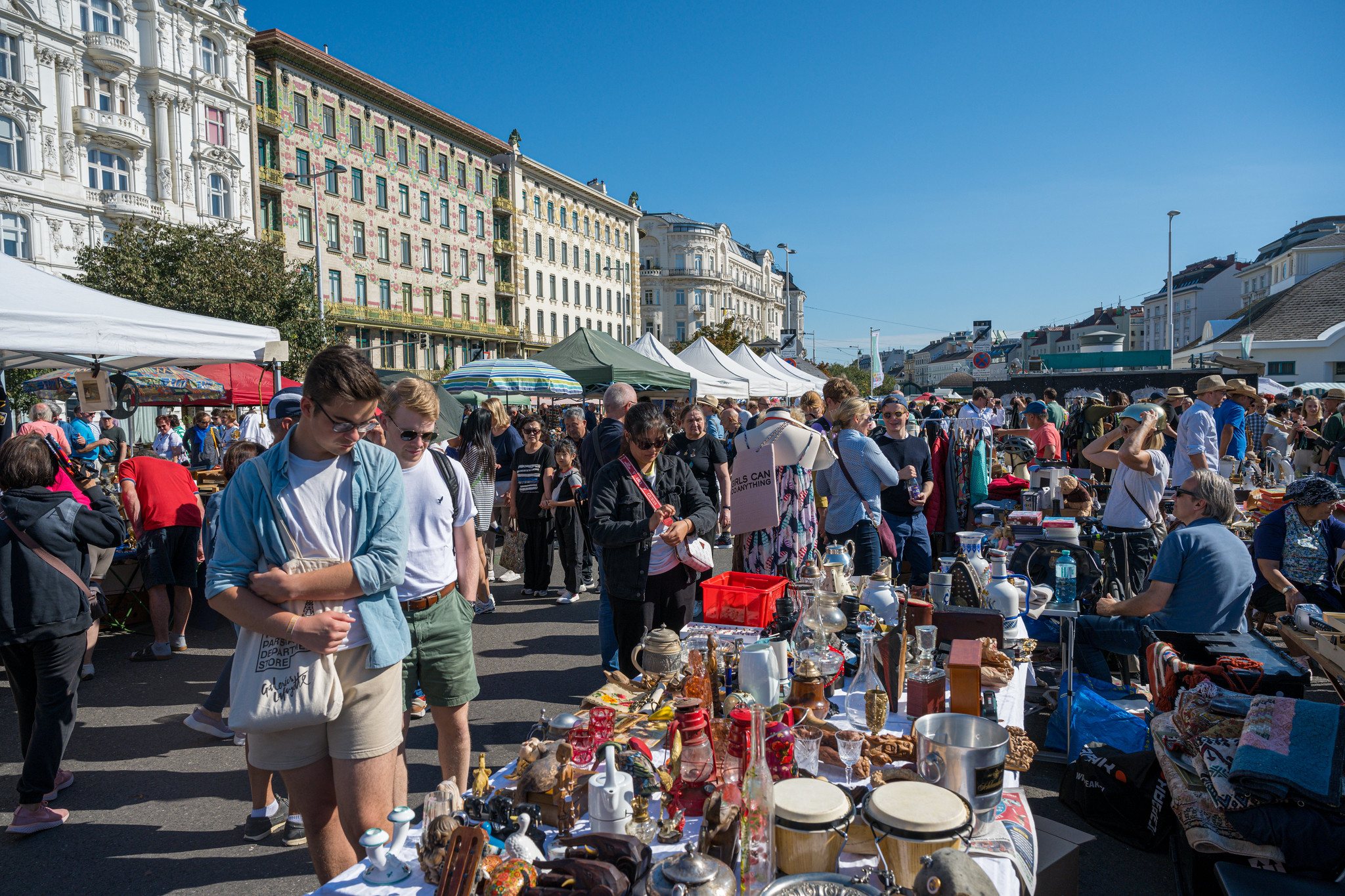
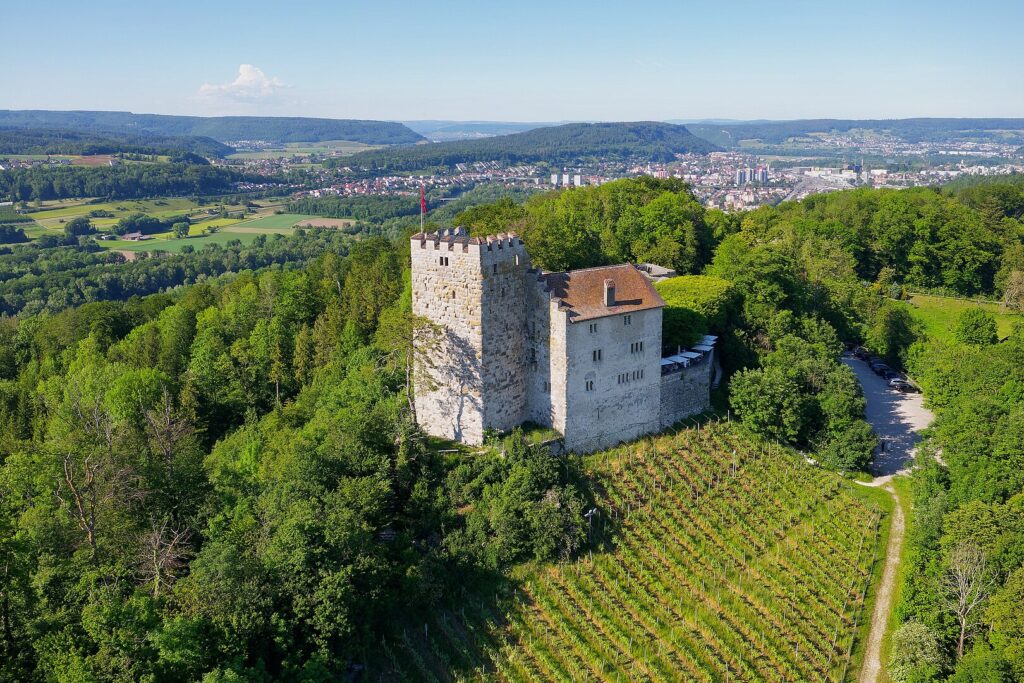
The history of the Habsburgs has its roots not in Austria, as one might think, but in neighbouring Switzerland. It is here in fact – and more precisely in the canton of Aargau – that the castle built in the 11th century by Radbod of Habsburg, who is considered the founder of the lineage, is located. The castle, however, was the residence of the family only for a limited period. From 1415, in fact, the Habsburgs lost all their possessions in Canton Aargau and also that castle. We talked about the relationship between the Habsburgs and Switzerland with historian and university lecturer Francesco Cerea, cultural director of the association ‘The Most Beautiful Villages in Switzerland’.

The Swiss origins of the Habsburgs are still shrouded in many questions. In their ancestral period, the family was just one of many noble families in the region, but they seemed to understand the importance of making ‘the right marriages’ early on, which would lead them over the centuries to increase their possessions and political influence to the point where they aspired to the crown of the Holy Roman Empire. This theory continued afterwards and was summarised in the famous motto ‘Bella gerant alii, tu felix Austria nube’ (Let others make wars, you, happy Austria, marry), the prodromes of which can already be traced back to the Helvetic Middle Ages of the dynasty.
In any case, from as early as the first half of the 13th century, the Aargau castle of Habsburg no longer fulfilled its residential function for the dynasty. In the course of the expansion of their territories, through warlike operations but above all through marriages, the Habsburgs encountered initial resistance from the Confederates, who in turn, through the system of leagues and mutual alliances, tried to carve out their own political dimension in the Swiss plateau. In this sense, the legendary, proud and dignified figure of Wilhelm Tell, who decided not to bow down to the abuse of power by the Habsburg representative, well personifies the opposition, not only military but also ideological, between the Habsburgs and the Swiss.

It was a fragmented dominion and the result of slow acquisitions, mainly by marriage, thanks to dynastic alliances with lineages such as the von Kyburgs or the von Lenzburgs. There was therefore no single situation of Habsburg territorial lordship in Switzerland at the time. Much also depended on the legal status of the territory in question, i.e. whether we are talking about a bailiwick, a county or an ecclesiastical avogadria… In any case, at least part of the Swiss territory in the Middle Ages was directly or indirectly subject to Habsburg influence, while, for example, the French-speaking part tended to remain under the control of the Savoy.
Certainly not all the Habsburg dominions in Switzerland were unhappy with their administration, which, on the contrary, often retained a large degree of autonomy. For example, when it came to choosing sides – whether with or against the Habsburgs – there were hesitations, as the case of Zug shows, or even opposition to the Helvetic militia, as in the case of Zofingen, which sided with the Habsburgs in the 1386 war of Sempach. These are links that still resurface today. In fact, Zofingen is part of the Swiss Historic Towns circuit, which has a cooperation agreement with the respective Austrian association ‘Kleine Historische Städte’, united in the promotion of sustainable, quality tourism that is sensitive to the deep historical roots that refer, in part, to a common past.
This is one of the founding myths of Switzerland. In traditional Helvetic historiography, the Habsburgs are relegated to the role of the ‘villains’, as in the case of Tell and the bailiff Gessler, an emblem of the despotic Habsburg imperial authority. With the legendary battle of Morgarten in 1315, the disintegration process of the Habsburgs’ power began. The Habsburgs had to leave their Swiss possessions and turn eastwards towards Austria with Vienna and then the whole world, if we think of Charles V’s “empire on which the sun never sets”, a multitude of territories and kingdoms, but ironically, among them remained a small and great absentee, precisely the ancestral Switzerland!
In Schönbrunn Castle, the frescoes decorating the halls also depict the former manor in Aargau over which the Habsburgs, although they were emperors in the 18th century, no longer ruled for quite some time, that territory having passed under Swiss rule in the 15th century, in particular the city-state of Berne, which with its subjugated canton of the same name was part of the alliance system of the Old Confederation.
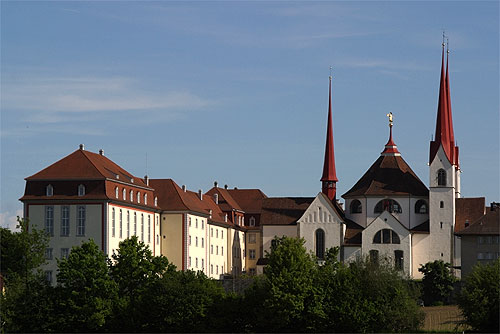
There is the Königsfelden monastery, founded by the Habsburgs in 1308, and the Benedictine monastery in Muri, which was elevated - thanks to the skill of the Zug prelate Placidus Zurlauben - to an abbey principality of the Holy Roman Empire in the early 18th century. The hearts of the last Austro-Hungarian rulers, Blessed Charles and Zita of Bourbon-Parma, are preserved here.
Other examples of tangible, but less obvious memories are indirectly the boundary stones that mark some of the southern borders of Switzerland that are still valid today, namely those of today’s Canton Ticino, which at the time was made up of bailiwicks, and Austrian Lombardy under the rule of Maria Theresa. It was precisely between this sovereign and the laudable Helvetic Corps that the present-day borders were sanctioned by the Treaty of Varese of 1752.
Other places of interest include Bad Schinznach, in whose thermal waters Marie Louise of Habsburg, wife of Napoleon and later Duchess of Parma, loved to bathe, and several stops along the ‘Via Habsburg’, a cultural route of the Council of Europe, including Brugg, Windisch, Lenzburg, Frick, Laufenburg, Kaiseraugst and some of the municipalities that are members of the association ‘Switzerland’s Most Beautiful Villages’ such as Aarburg, Bremgarten, Grüningen or Diessenhofen, which in the 13th century under the Habsburgs was one of their strongholds in front Austria.
This is a complex question for a historian as it is more relevant to the present, but I would say that in general the Swiss do not feel particularly attached to the Habsburg theme, despite the numerous historical and artistic testimonies in the Middle Ages and the early Modern Age. This is perhaps also due to the ‘Helvetic mythology’ that always viewed with suspicion anything that was connected to a power that was not strictly democratic. Switzerland also has among its clichés the Landsgemeinde (i.e. the popular assembly, in which decisions are taken by a show of hands and which has survived only in Appenzell and Glarus), which is the exact antithesis of the monarchical institution.

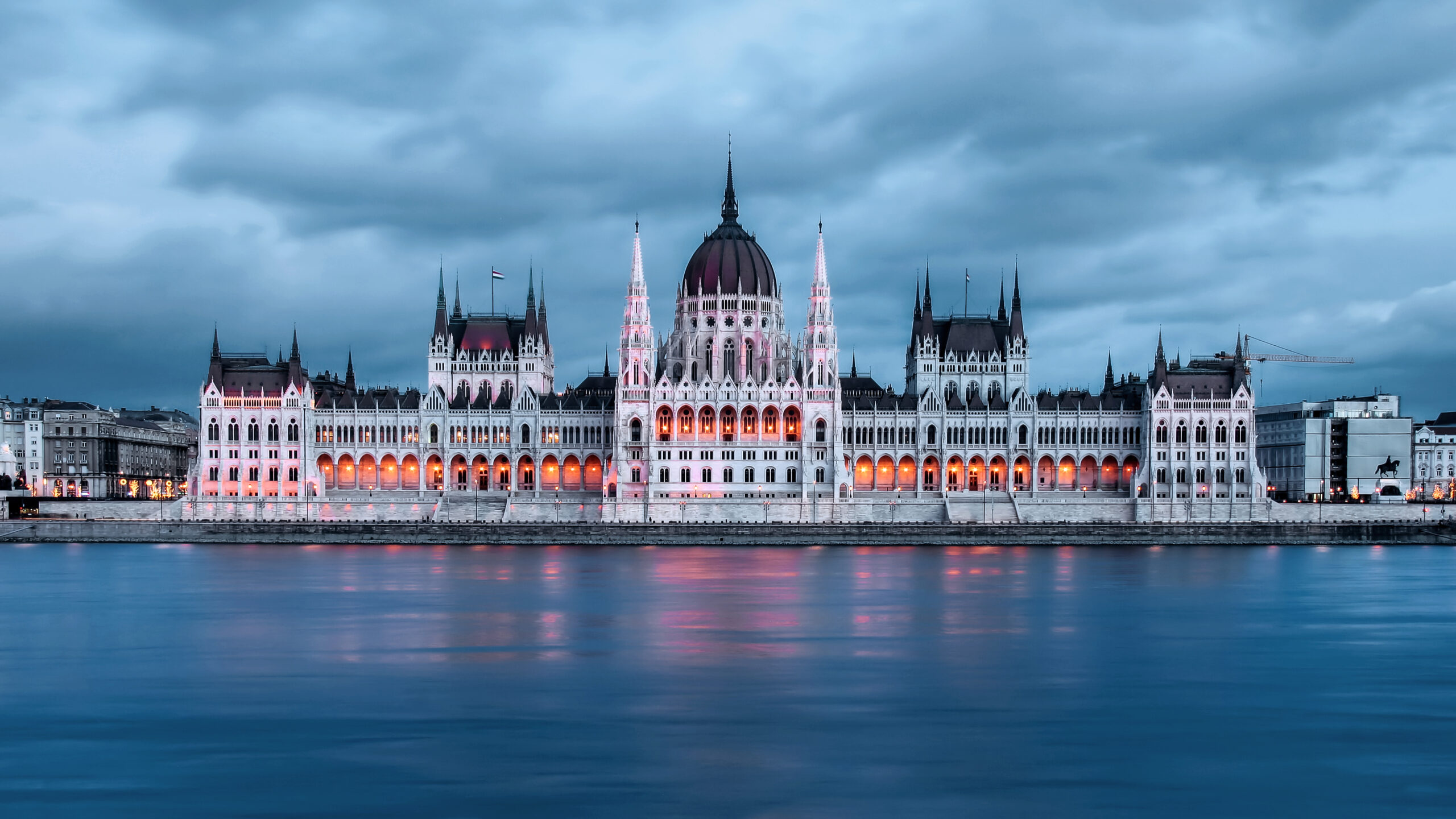
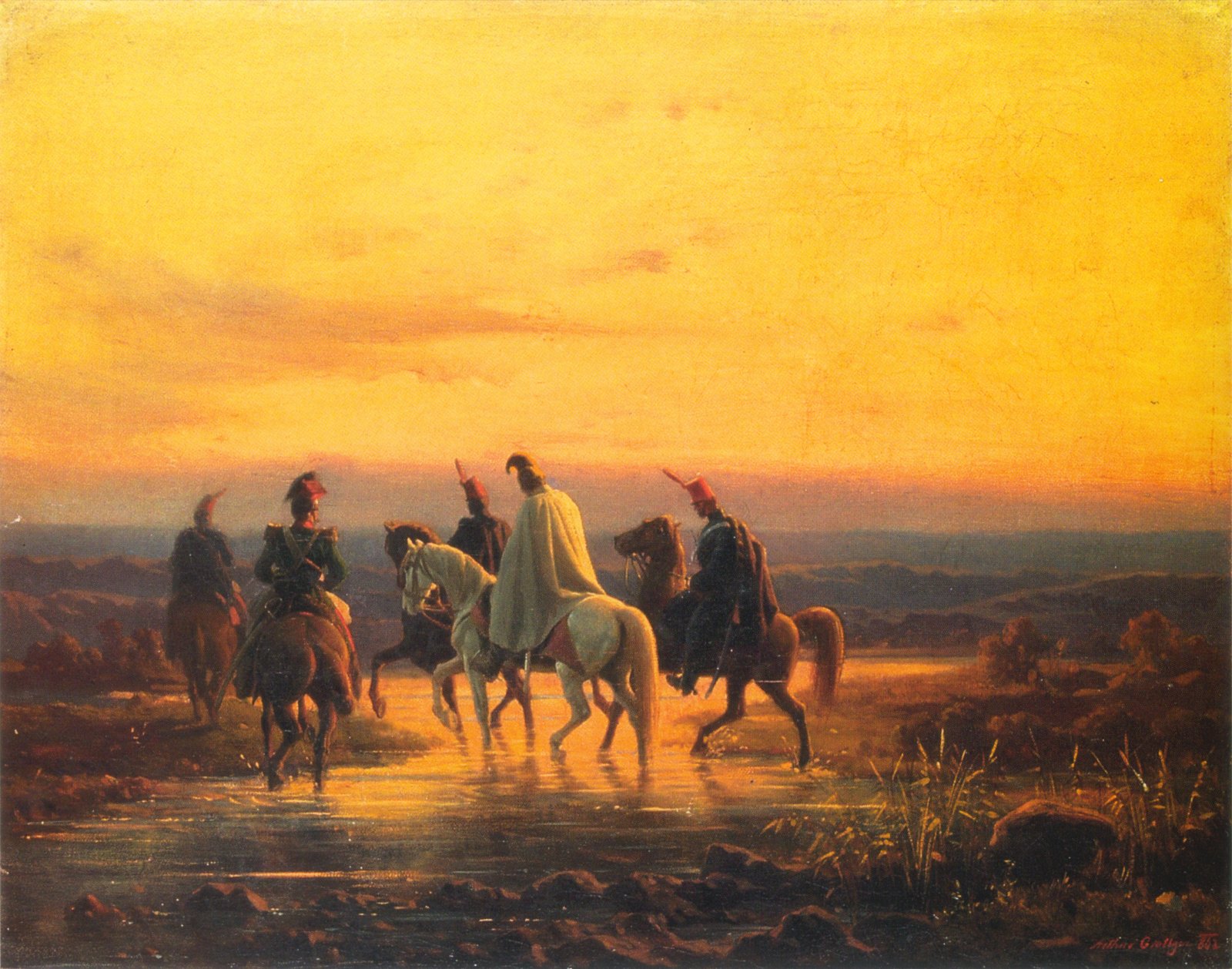
Start your journey in the Extinguished Countries!
Get a free chapter from our first guidebook “Republic of Venice” and join our community!